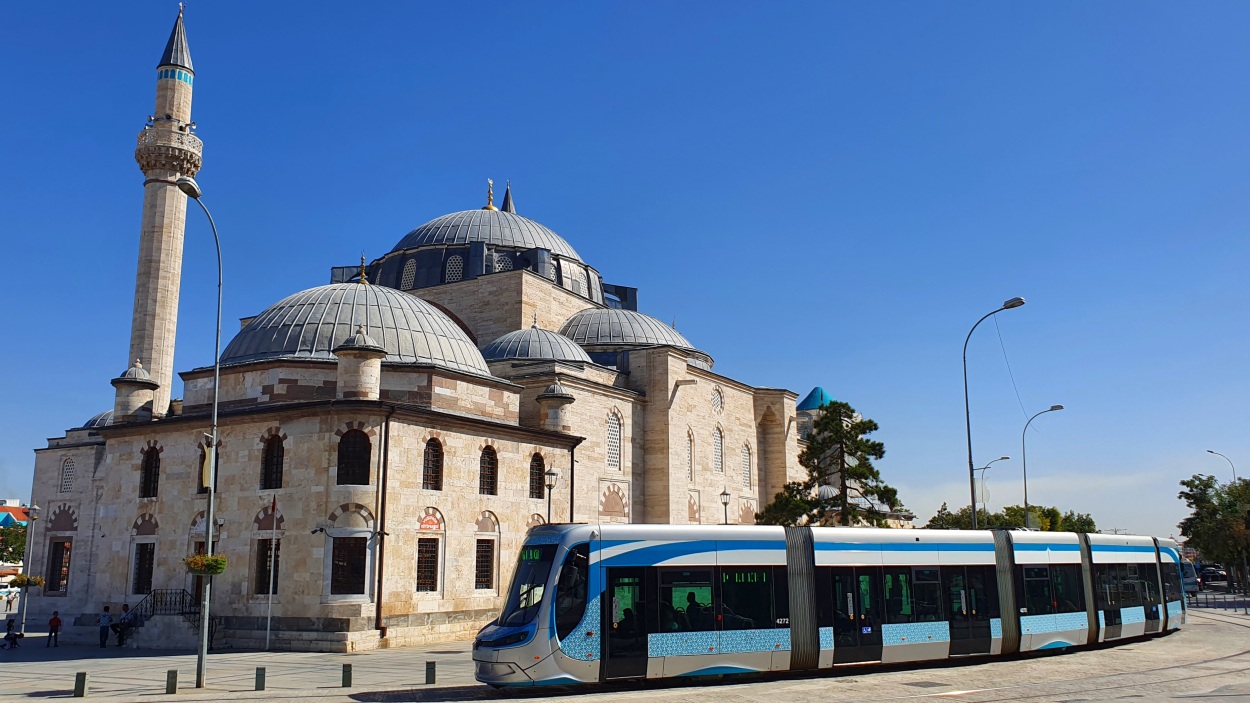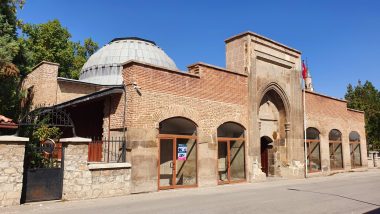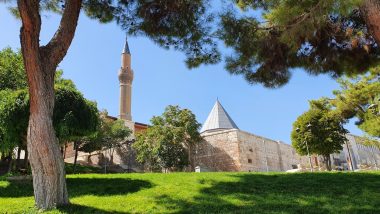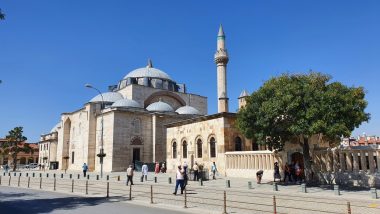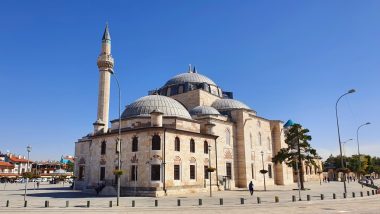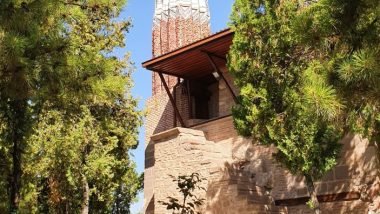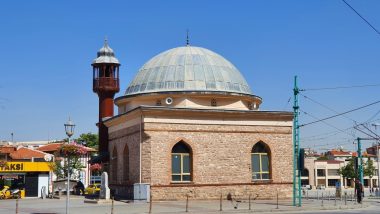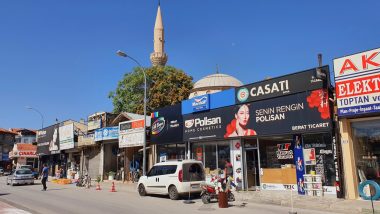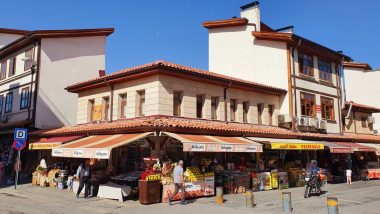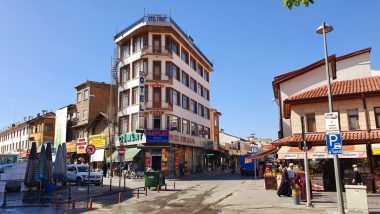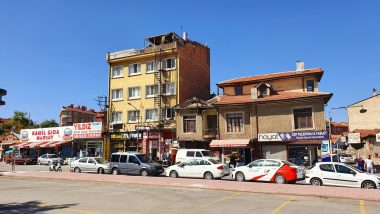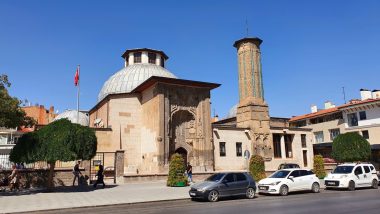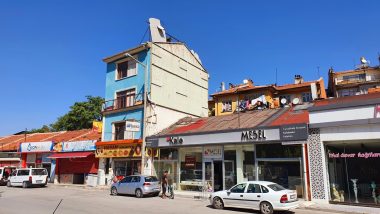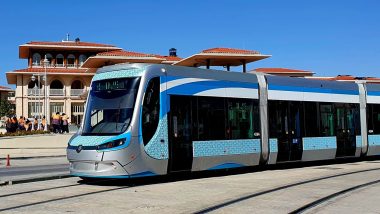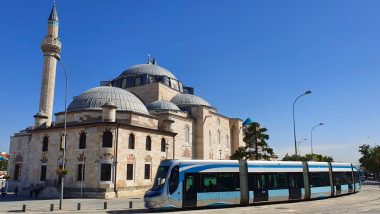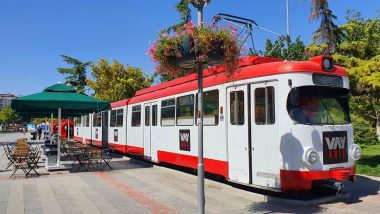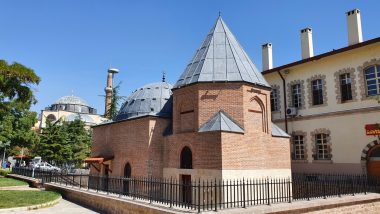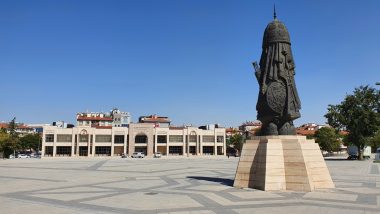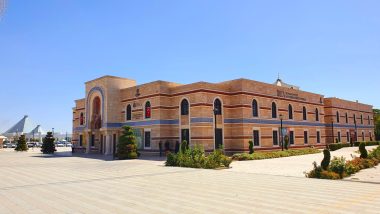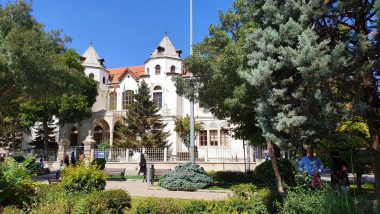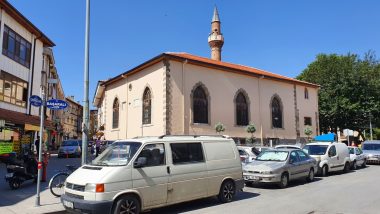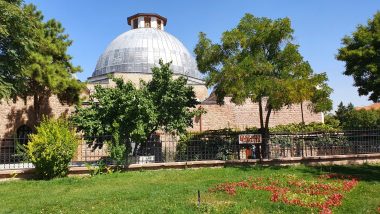We spent one day in Turkey’s most conservative and religious city, located south of Ankara in the Central Anatolia region at an elevation of 1027 meters. Konya treads a delicate path between its historical significance as the home town of the whirling dervish orders and a bastion of Seljuk culture and its modern importance as an economic boom town. Konya is one of the oldest urban centers in the world. Excavations in Alâeddin Hill in the middle of the city indicate settlements dating from at least the 3rd millennium BC. According to a Phrygian legend of the great flood, Konya was the first city to rise after the deluge that destroyed humanity. After the collapse of the Hittite empire, the Phrygians established a large settlement there. It was Hellenized gradually from the 3rd century BC and became a self-governing city, predominantly Greek in language, education, and culture. It was taken from the Byzantine Empire by the emerging Seljuq Turks in 1072 or 1081 and soon became the capital of the Seljuq sultanate of Rūm. It reached its greatest prosperity under their rule and was accounted one of the most brilliant cities in the world. Its enlightened rulers were great builders and patrons of art who endowed the city with many buildings, including some of the finest existing examples of Seljuq art. After the decline of the Seljuqs, Konya was ruled by the Il-Khanid Mongols and later by the Turkmen principality of Karaman until it was finally annexed to the Ottoman Empire in about 1467. The city was in decline during the Ottoman period but revived after 1896, mainly through the building of a rail line between Istanbul and Baghdad, which passes through Konya. Until 1923 Konya was the most important city in central Anatolia, overshadowing Ankara. We had the cheapest refreshment of our trip at the bazaar for just 30 TRY (2x chicken döner and 2x water 0,5 l).
Parking location – Konya: 37.869907N 32.512377E (🚻)


